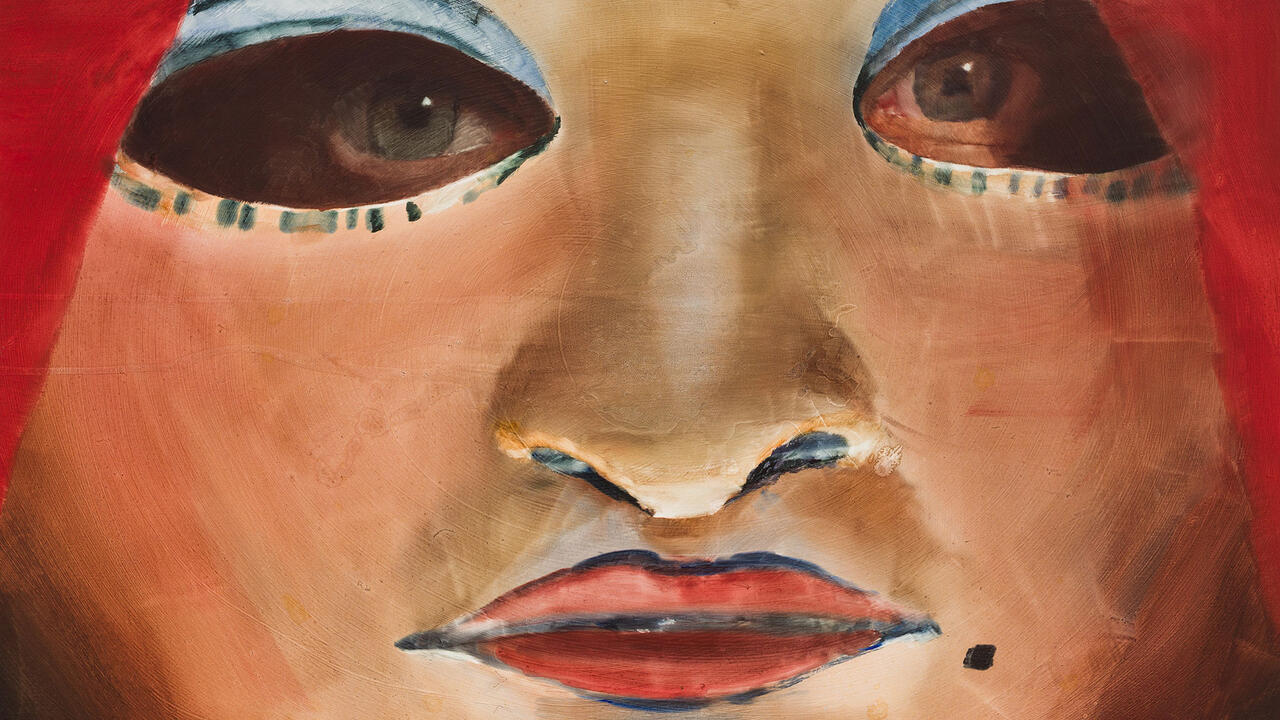How Japanese is it?
A round-up of the current art market and goings on about town in Tokyo
A round-up of the current art market and goings on about town in Tokyo
101 Tokyo, a new art fair held in the Japanese capital earlier this month, has given the city’s contemporary art world a chance to scratch its collective head and ask some pertinent questions about a pocket-sized contemporary art scene Business Week recently estimated to be one-hundredth the size of London’s or New York’s.
Is there a revitalization going on in the city’s tiny art scene? Are there now collectors in Tokyo interested in buying contemporary? What cultural obstacles prevent contemporary art from flourishing in Japan? What role do foreigners play in the art scene here? Do the emerging Japanese artists still have to go to New York and LA to make a name for themselves, just as the Superflat generation that preceded them did?
‘I recently keep feeling that things are decidedly not of the 21st century here,’ wrote independent curator Roger McDonald on his blog Tactical Museum after appearing on a 101 panel. ‘That things are veneered in all of the smooth coatings of global culture, and yet that underlying much of this remain serious questions about how we want to live today in this society, this culture.’
Looking at the wider Japanese cultural context, McDonald cited deadlock in the Diet, the government’s recent last-minute refusal to allow the Marxist philosopher Antonio Negri to enter Japan, and the effective banning from cinemas of Li Ying’s film Yasukuni (2007).
If the political atmosphere remains stultified and stifled, surely Japan’s commercial vitality and taste for novelty make up for it?
Not necessarily. A decade ago, NICAF, Japan’s only commercial art fair, stiffed. ‘International gallery owners who came for NICAF in the 1990s were so disappointed by what they found that they stopped coming,’ wrote Kenji Hall in Business Week.
Living in the city earlier this decade, I found even the most successful gallerists – like Tomio Koyama – holed up in dank premises in out-of-the-way districts, forced to move constantly, dependent for their survival on sales made to foreign collectors and museums. And now, into this virtual vacuum – a contemporary art world of interest, apparently, only to foreigners – have stepped… well, foreigners. 101 Tokyo – held in an Akihabara high school building and launched with a food art performance by a bearded woman and ‘pregnant man’ – was set up by Agatha Wara from Miami and Julia Barnes from Australia with assistance from a French DJ (Antonin Gaultier), and Kosuke Fujitaka, co-founder (with Frenchman Paul Baron) of online listings resource Tokyo Art Beat.
Out of the 800 galleries invited, only 28 ended up exhibiting. ‘When they saw the space,’ Gaultier told me, ‘some galleries were not happy about it. Too small, why is it in a school building?’ It looked more, some felt, like an art school degree show than a commercial fair.
Japanese galleries did better at 101 than foreign ones – Newcastle’s Workplace Gallery, for instance, sold nothing, although they were presented (by a mesh-capped Joseph Kosuth) with an award for Jo Coupe’s piece in which electricity generated by rotting fruit and vegetables powered small saws which slowly cut the legs off the table they were standing on.
‘We sold very well at the fair and made a pretty significant profit for a young gallery,’ Jeffrey Rosen from Misako and Rosen Gallery told me by email. ‘In that respect we’re thrilled. The downside? The promise of the fair was that it would connect us young Tokyo gallerists to an elusive audience: the foreign person living in Tokyo with plenty of extra funds and a desire to spend these funds on Japanese art. It makes sense that such a community would exist and as the fair organizers are themselves foreign, that they really are connected to this audience. But we pretty much sold to the collectors we already know.’
Booths were cheap – US$2000 for a small stall elegantly designed by Ben Nagaoka of Point Design – but there were language problems; both Kenji Hall and Roger McDonald thought that translators could have been provided to bridge the obvious cultural and linguistic gaps. There was also, according to both Hall and David Risley, founder of London’s Zoo Art Fair, a dearth of institutional and corporate buyers – although Fumio Nanjo of the Mori Museum showed.
‘101 needed to make greater efforts to link up to what’s already existing,’ McDonald told me, ‘it tended to take the position of the young rebel, pointing out how different it was to anything else, being directed by non-Japanese and so on. But of course this is Japan, and things could have worked very differently had the fair actively engaged Art Fair Tokyo [held simultaneously, a mixture of antiques, trad Japanese art and more conservative contemporary work].’
Although he enjoyed Tokyo 101’s ‘palpable sense of energy and hipness’ and the chance to see galleries like Afronova (South Africa) and Willy Wonka (Norway) in Tokyo, McDonald ended up wishing that he had seen some better local connections forming – ‘rather than an attitude of being uber-cool.’ Connections with whom? ‘Perhaps alternative spaces in Tokyo, or the not-so-far-away Museum of Contemporary Art.’
‘101 was a success,’ co-organizer Antonin Gaultier told me, ‘in the simple fact that out of nowhere in six months we managed to build a completely new event, select a good lineup of galleries, get 5000 visitors to come and sell around $1 million of works. Pretty good for something new, done by a team of youngsters… There is an interest in contemporary art, Japanese collectors are slowly switching from traditional art to contemporary, the auctions are getting bigger and better, and the prices are not yet crazy like they are in China.’
‘Now, is it a sign that the Tokyo art market is reviving? Yes.’














